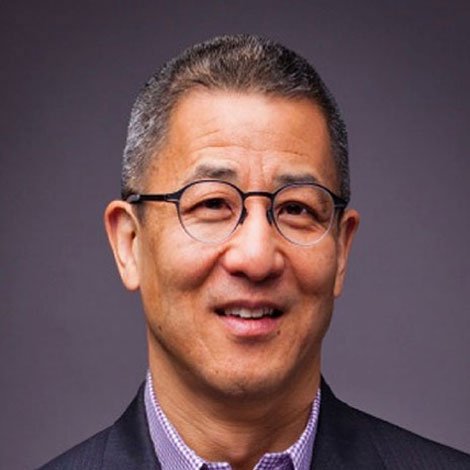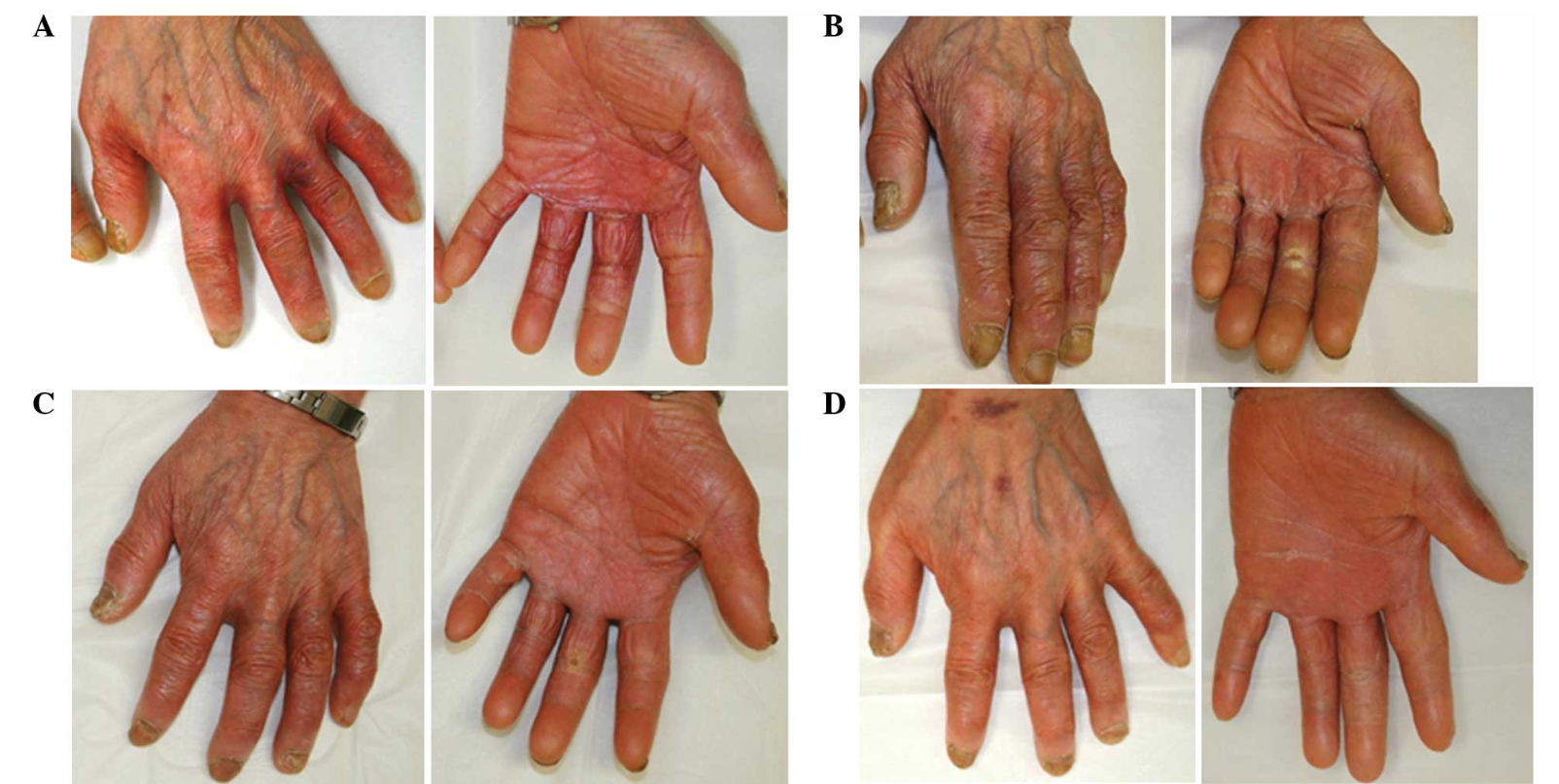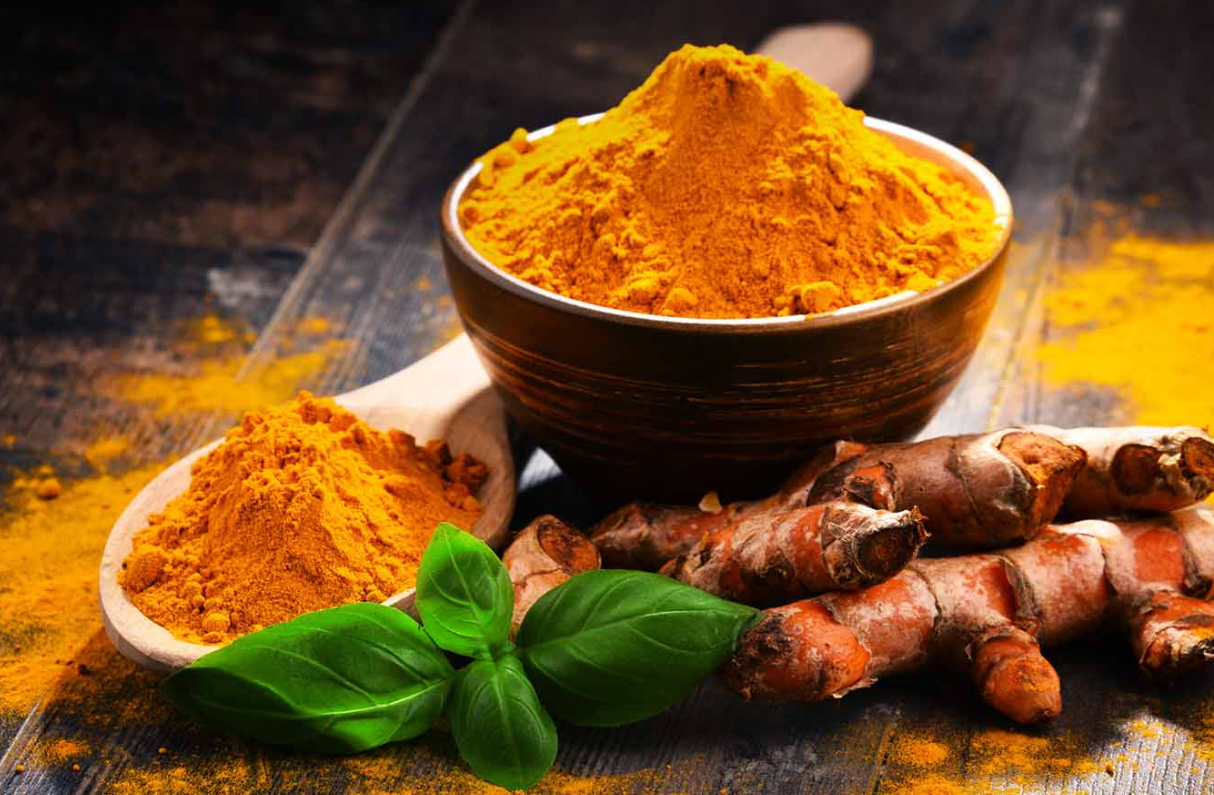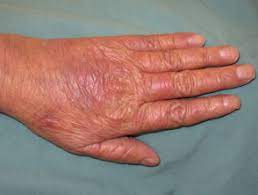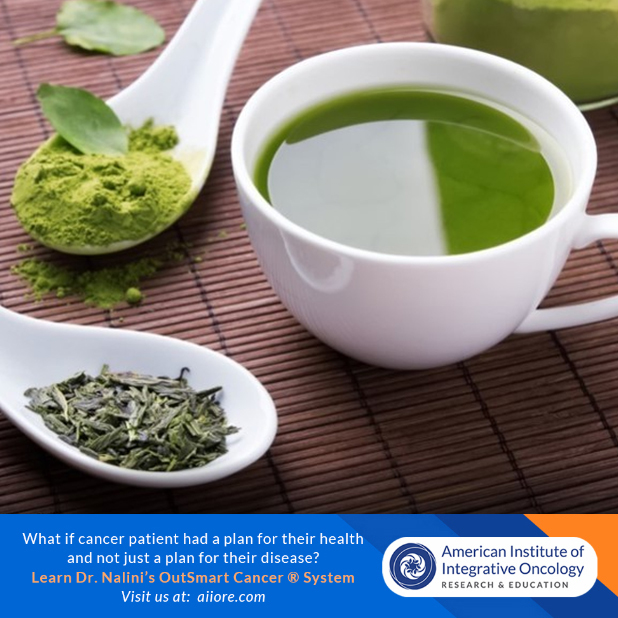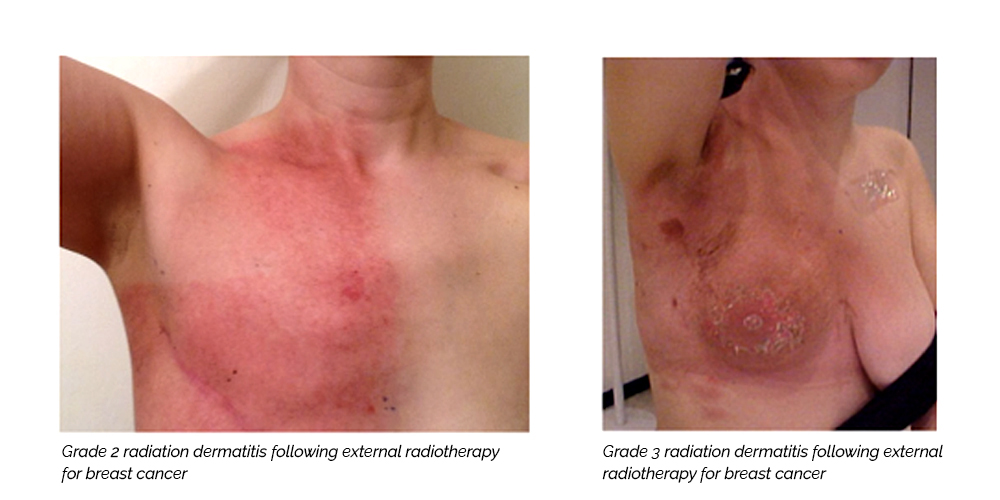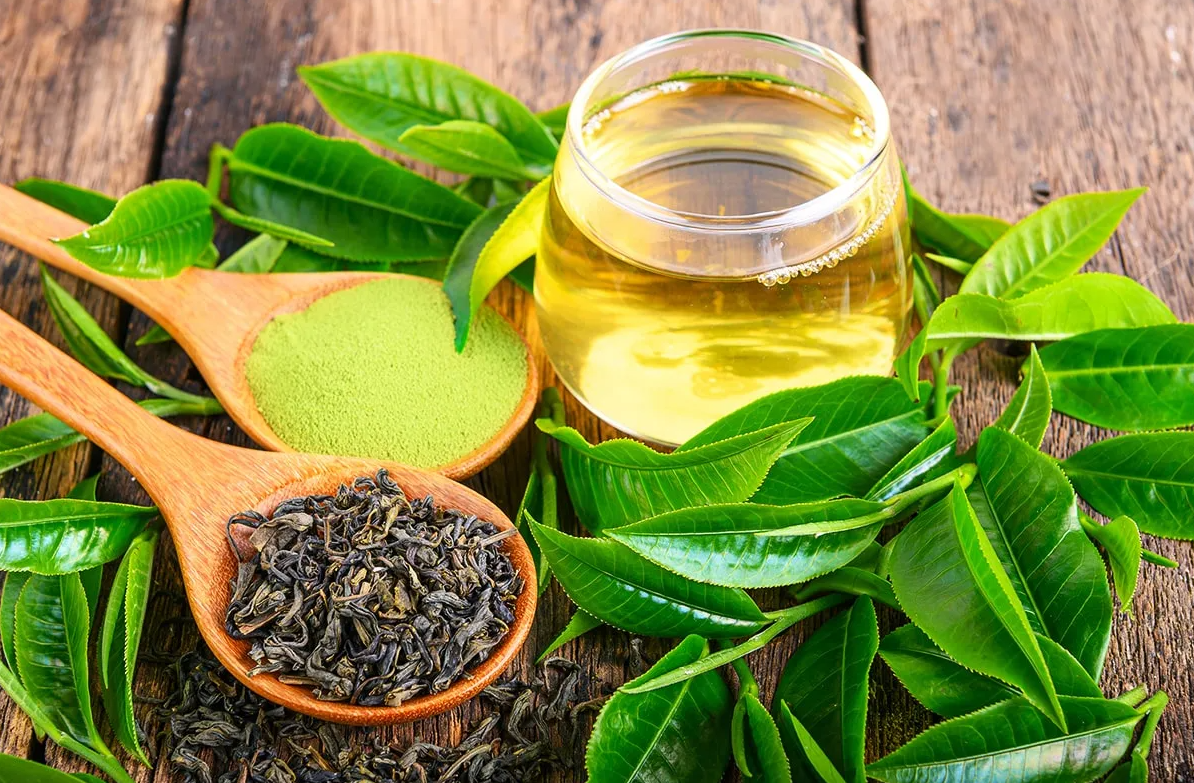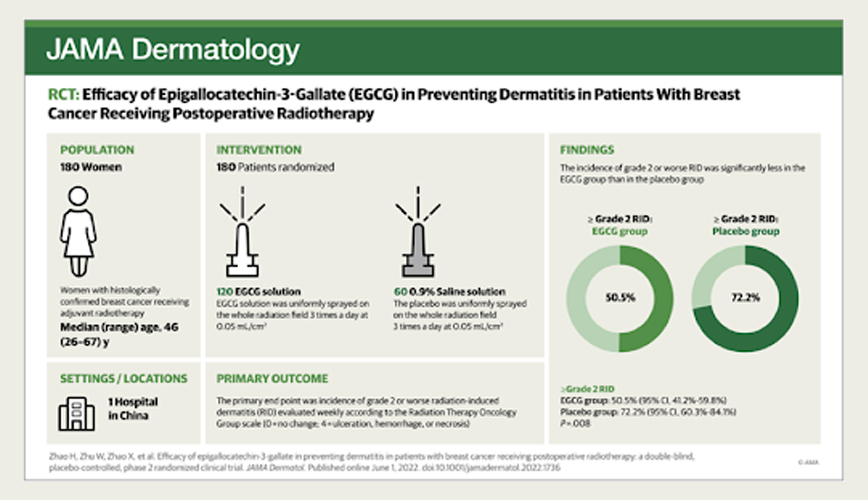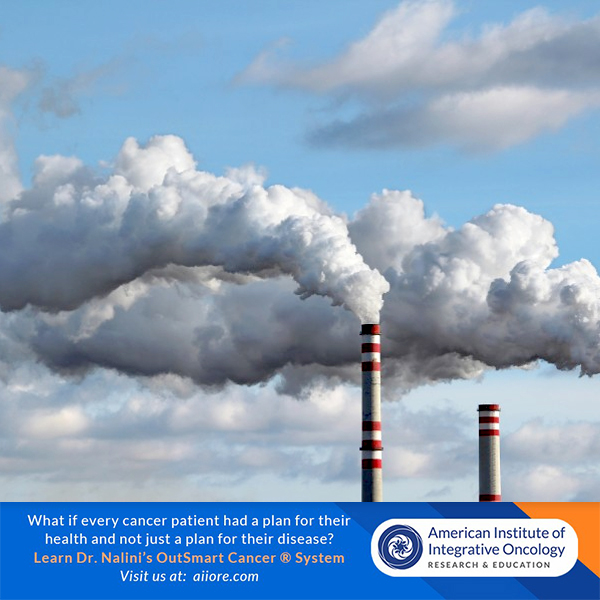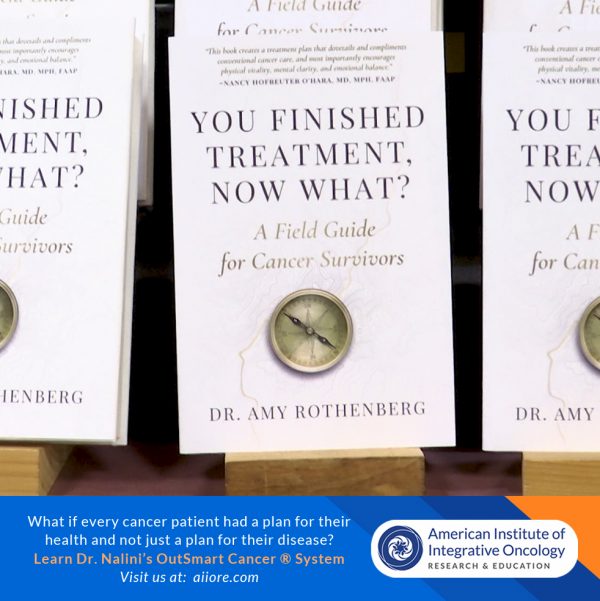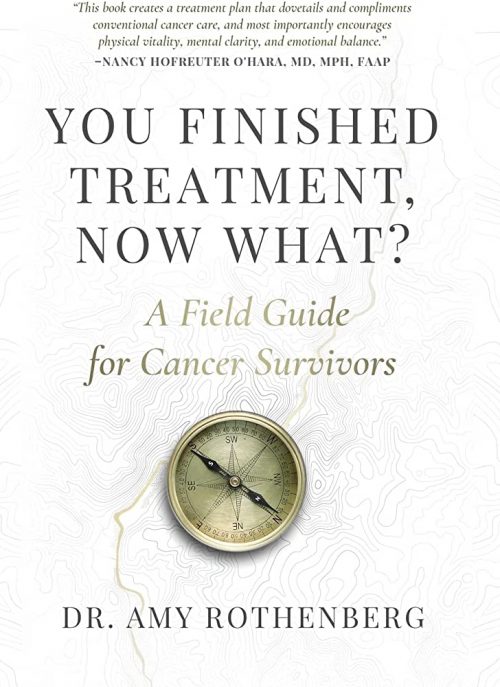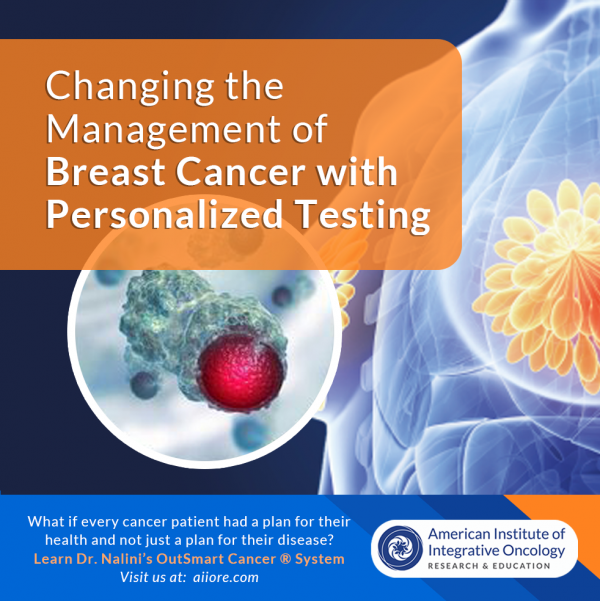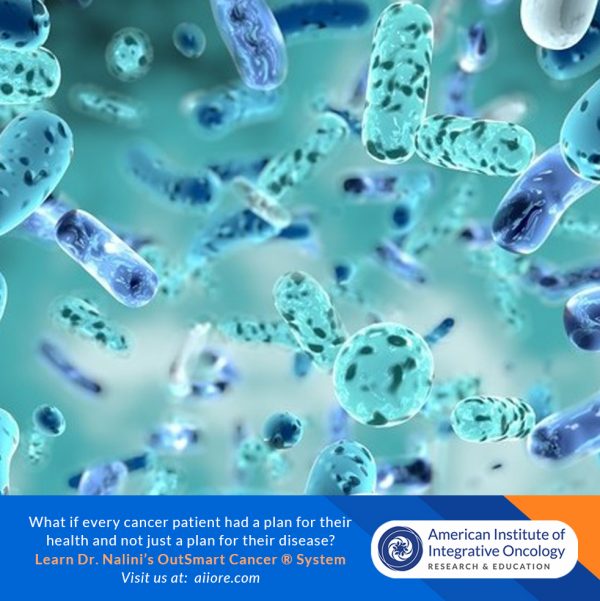“Just as no doctor is born knowing how to handle a scalpel, the same is true for how to communicate effectively with seriously ill patients and their families. We believe every clinician can become a better communicator.”
I met oncologist Dr. Tony Back, MD at a meditation retreat focused on working skillfully and mindfully with patients with serious, life changing illnesses as well as end of life care. Dr. Back is affiliated with the Center to Advance Palliative Care at Fred Hutchinson Cancer Center in Seattle, Washington and has combined his years of clinical oncology experience with his recognition that patients and clinicians require more skillful and effective conversations in the midst of emotionally charged and medically complex discussions. Dr. Back has developed online and in person trainings called Vital Talk for clinicians to LEARN TO COMMUNICATE EFFECTIVELY WITH PATIENTS EXPERIENCING SERIOUS ILLNESS. His mission is “To Elevate Patient Care with better communication”.
Dr. Back and the Vital Talk mission is “that every seriously ill patient will be surrounded by clinicians who can speak about what matters most and match care to values.”
Vital Talk Trainings help clinicians to Master Tough Conversations
Whether in person or online, clinicians feel safe practicing newly learned skills through VitalTalk’s evidence-based training methodologies.
Some tips from a Vital Talk trained physician
- Give yourself grace
- Lean in with emotion, heart and feeling
- Respond with empathy.
- Explore and ask the patient to tell you more.
- Ask permission to talk about a topic (scan results, disease progression, end of life care)
[READ MORE]
EVIDENCE-BASED SKILLS Vital Talk TRAINING COURSES
- Elevate patient care with better communication
- Explore best-practice communication methodologies and tools, as well as our rich community of support to better serve the needs of patients with serious illness and their families.
- Support clinicians in learning to communicate effectively and compassionately with patients living with serious illness.
We are living in the midst of an aging patient population in the United States. Therefore our patients are increasingly at risk of developing more serious illnesses, experiencing co-morbidities and facing many life changes of loss and limitation, frailty and mortality. Cancer patients of all ages face immense challenges and must redefine their sense of self and examine their values and relationship to life, suffering, death and dying. These challenges may be turned into gateways to transformation. I counsel my patients to reframe their cancer journey so that the challenges that they face become opportunities for growth, insight and wisdom and not just suffering, grief and loss. These conversations require clinicians to develop greater communications skills and the ability to be comfortable engaging in these dialogues.
It is my experience that clinicians who are inspired to work with cancer patients are motivated by the drive towards making a difference, the intellectual challenge of the complexity of cancer and the deep meaning that arises in meeting patients at the edge where the rawness and overwhelm of being a cancer patient can be transformed into a profound healing journey of awareness and transformation.
I highly recommend that all clinicians continue to develop their clinical skills so that they can be fully present, capable and comfortable for participating in these most tender, human and meaningful conversations.
I always feel it is a privilege and an honor to be allowed to accompany a patient and their family on their journey and to be able to guide them into deeper meaning and a greater sense of connection to each other and to all of life.
I encourage you to explore The Vital Talk website where you will find information on their programs and trainings but also Free Downloadable Tools and Guides to get you started
https://www.chooseyourpath.vitaltalk.org/
https://www.vitaltalk.org/resources/
Please do share your stories with us!!


